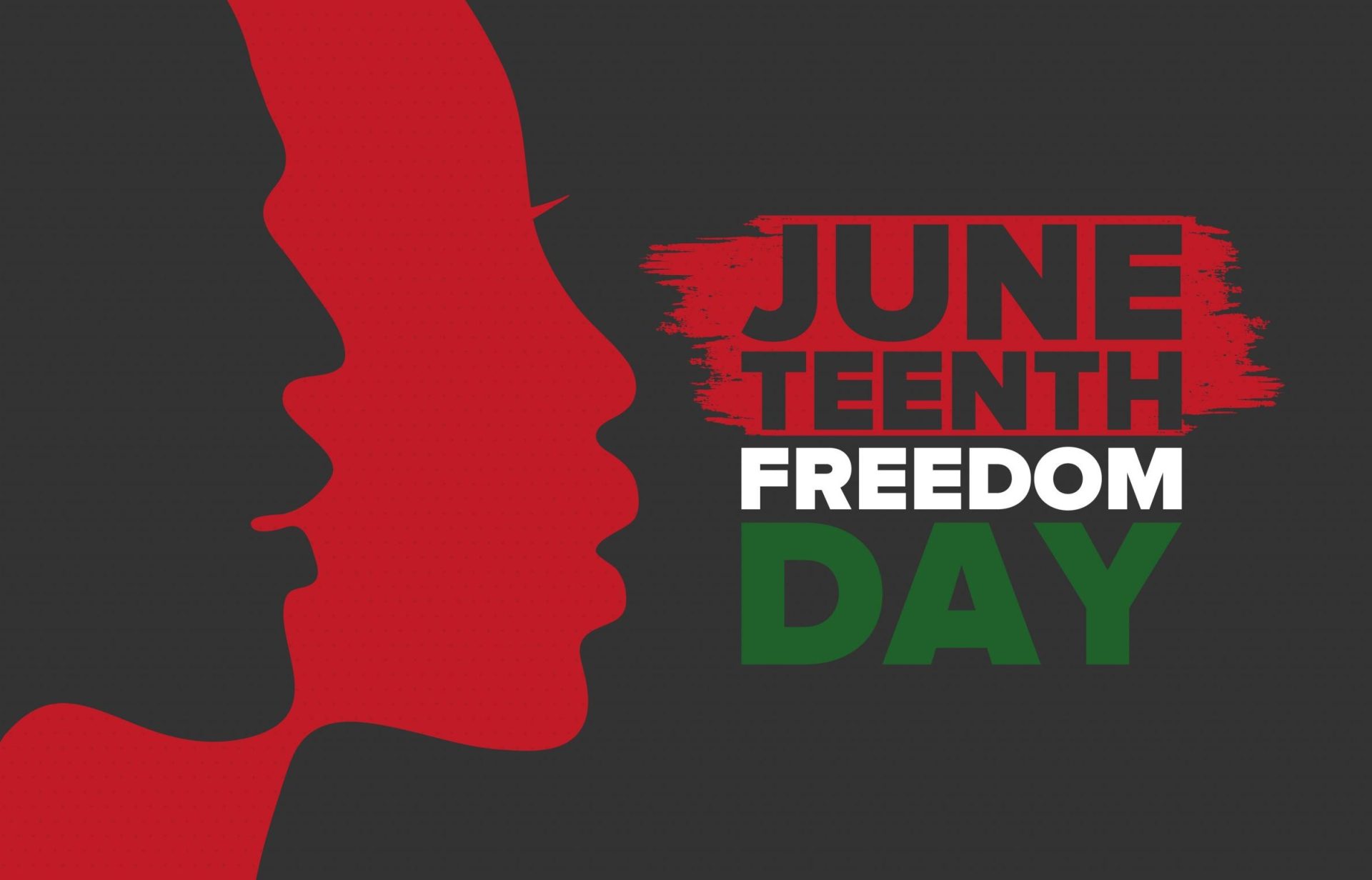Understanding misinformation and disinformation is crucial. The explosion of digital media has reshaped how people access health information. While this accessibility offers unprecedented opportunities for public education it also introduces new risks. False claims spread rapidly across social platforms influencing perceptions behaviors and even medical decisions.
Not all misleading information is created equal. Misinformation refers to false or misleading content shared without intent to deceive. A person spreading an outdated medical study or misinterpreted health advice often believes they are helping rather than harming. Disinformation on the other hand is deliberately crafted to mislead manipulate or serve a hidden agenda. The distinction between these two forms of misleading content is essential for developing effective counterstrategies.
Both misinformation and disinformation can have serious consequences. False claims about diseases treatments or vaccines can erode public trust in medical institutions leading to harmful health choices. The challenge lies not only in identifying misinformation but also in mitigating its impact before it spreads too widely.
Psychological factors
Cognitive biases shape how people absorb and spread false health claims. One of the most influential biases is confirmation bias where individuals seek out information that aligns with their preexisting beliefs while dismissing contradictory evidence. This tendency reinforces personal opinions making people more resistant to correcting misinformation.
Another powerful influence is the emotional appeal of certain health claims. Sensationalized stories often generate strong reactions such as fear hope or outrage. These emotions drive engagement on social media increasing the likelihood of viral misinformation. When an emotionally charged claim circulates widely it can overshadow carefully researched medical guidance even if it lacks scientific credibility.
Additionally repetition plays a critical role in belief formation. When people encounter the same misinformation multiple times they may begin to perceive it as true regardless of its accuracy. This phenomenon known as the illusory truth effect highlights the dangers of unchecked information circulation particularly in online environments where false claims can resurface repeatedly.
Verification strategies
Recognizing and evaluating misinformation requires strong fact-checking skills. With an overwhelming volume of health information available verifying accuracy is more important than ever. Key steps include assessing the credibility of the source analyzing supporting evidence and questioning exaggerated claims.
Reliable health information typically comes from established medical organizations peer-reviewed research and licensed professionals. Websites ending in .gov .edu or .org often provide more trustworthy content than commercially driven platforms. Additionally cross-referencing information from multiple reputable sources helps confirm validity.
Scientific evidence should always be examined critically. Are claims supported by well-designed studies or do they rely on anecdotal reports? Research that lacks transparency in methodology or data collection may not be reliable. Scrutinizing the sources behind a claim helps differentiate between scientific consensus and personal speculation.
Sensationalized health claims often rely on fear-based messaging exaggerated benefits or conspiracy theories. These should be approached with skepticism. If a claim seems too extreme or contradicts widely accepted medical knowledge it warrants deeper investigation. Seeking input from healthcare professionals remains one of the most effective ways to verify health information.
Belief adaptation
Changing deeply held beliefs about health can be difficult. When people have invested time and trust in a particular health narrative they may resist new information even when faced with clear evidence. This resistance is known as cognitive dissonance a psychological state where conflicting information creates discomfort leading individuals to dismiss or rationalize contradictory facts.
Overcoming misinformation requires more than presenting facts—it involves framing information in ways that encourage open-mindedness. Instead of outright dismissing false beliefs researchers suggest approaching discussions with curiosity and empathy. Asking questions rather than issuing corrections can create an environment where individuals feel comfortable reconsidering their views.
Additionally emphasizing how scientific knowledge evolves can help ease resistance to new information. Medical research is an ongoing process and changing recommendations do not indicate past mistakes but rather improvements in understanding. Encouraging a mindset of continuous learning can make individuals more receptive to updating their beliefs when presented with credible evidence.
Expert perspectives on health misinformation
Health communication specialists emphasize the importance of critical thinking. Researchers studying misinformation warn that combating false health claims requires proactive education rather than reactive corrections. Teaching people how to critically evaluate sources analyze scientific data and recognize manipulation tactics is essential.
Experts suggest that digital literacy programs should include fact-checking strategies as a fundamental skill. With social media acting as a primary information source for many individuals learning to identify unreliable content should be as essential as learning to read.
Additionally the role of algorithms in spreading misinformation cannot be ignored. Social media platforms prioritize engagement which often amplifies emotionally charged or misleading content. While some companies have implemented fact-checking measures more comprehensive strategies are needed to limit the reach of false health claims.
Moving forward
Addressing health misinformation requires a collective effort. While individuals can take steps to verify information and question sources systemic changes are necessary to create a more reliable digital health landscape. Educational institutions social media companies and public health organizations must work together to combat misinformation at its root.
Public awareness campaigns can play a significant role in highlighting the dangers of false health claims. Encouraging responsible information-sharing habits such as pausing before reposting and verifying sources before believing can help slow the spread of misinformation.
Ultimately fighting health misinformation is not just about correcting false claims but about fostering a culture of critical thinking and informed decision-making. As digital platforms evolve so too must the strategies used to safeguard public health information ensuring that facts always have the power to prevail over fiction.













